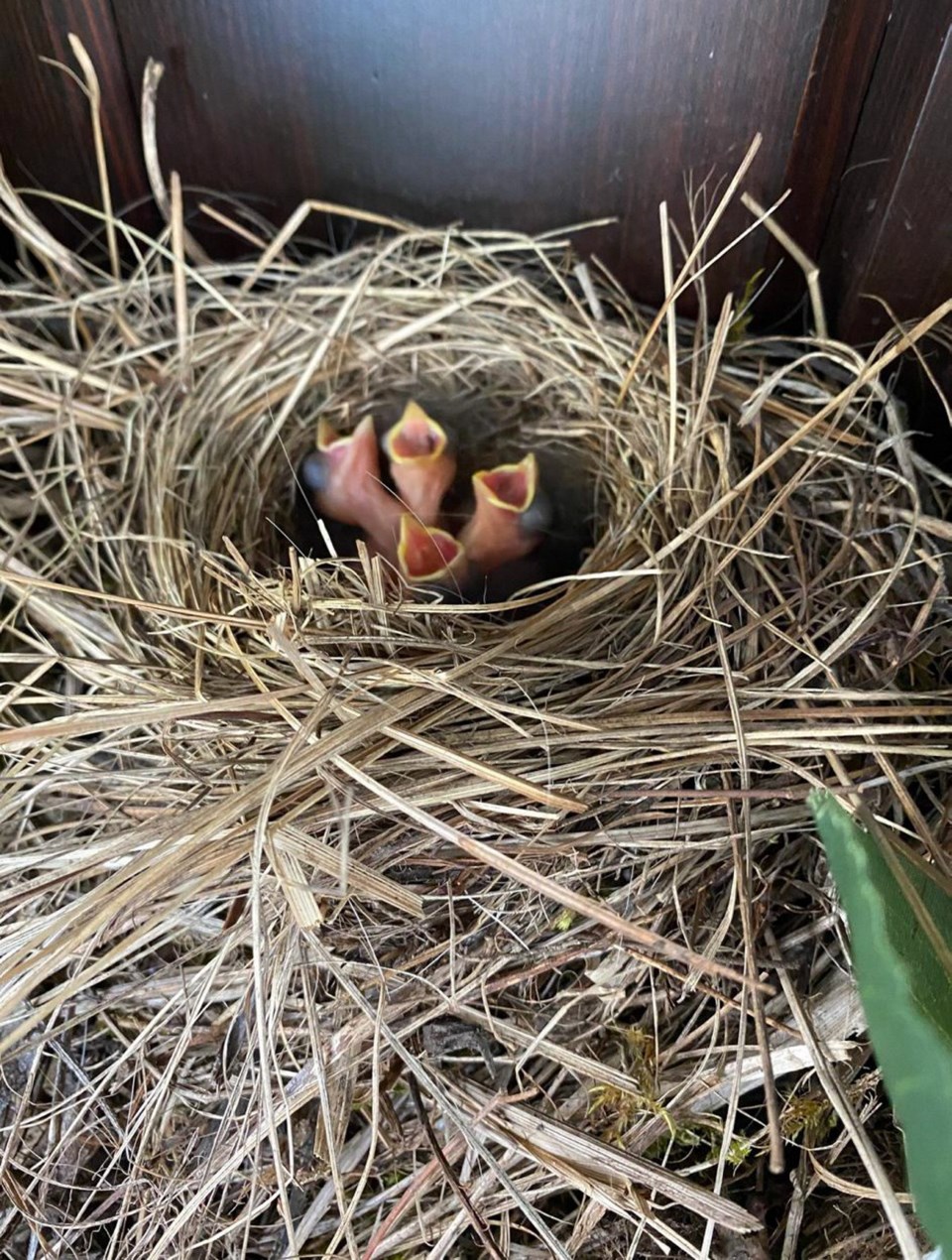When Charlene Royston spotted what looked like a wolf on the Old Island Highway heading into Parksville last week, she was so surprised, she nearly drove off the road.
Royston slowed down to get a good look and watched the animal paw at the ground, right outside a motel.
“It was definitely a wolf,” she said. “I was within 10 feet of it.”
Royston lives in Nanaimo and visits her mother in Parksville often, so she’s familiar with the area, but the sighting was a first for her on the Island. She’s seen wolves before in Alberta, but never this close to home.
“It’s not a thing you usually see in a town,” she said.
Royston’s uncommon sighting is one of many amid the COVID-19 pandemic. Around the world, people are increasingly reporting seeing wildlife in urban spaces abandoned by city dwellers who are staying home to slow the spread of the virus, from a cougar in Chile’s capital city to sheep taking over a Welsh town and deer moving from a Japanese park into the city streets.
Carol Smith lives in James Bay and is no stranger to wildlife in her backyard. In 2015, a cougar was caught by conservation officers on her property, and in January this year, a wolf was tranquilized just a few doors down.
Still, she was surprised when she crossed paths with a river otter near the legislature building last week.
She watched the animal hop into a pond outside the Hotel Grand Pacific on Belleville Street for a dip. “It dived in the pools there, paddled around and had a very nice time and it was very relaxed.”
After a few minutes, the otter continued on its way. “Being a law-abiding creature and knowing it’s illegal to cross just anywhere, he walked instead down the bike lane to the pedestrian crossing,” Smith said.
Eventually, her husband coaxed the animal back to the water. “It made our day. It was just absolutely wonderful, particularly at a time like this,” she said.
In Oak Bay, a couple of weeks ago, Chris Higginbottom came home to find some twigs outside her front door. She swept them up, but the next day they were back.
When she looked up, she realized a bird was building a nest in the wreath hanging on her front door. The bird eventually laid four eggs in the nest.
Chris and her husband, Mark, set up a camera near the nest and have started to stream video footage of the mother bird and her babies, now hatched, on a Facebook page called Uplands Park Bird Nest Cam.
The stream has attracted watchers from around the world, including Japan, Indonesia and Bolivia.
“She’s doing what we’re all doing,” Mark said. “We’re staying home. Just hunkering down with the family. It’s just nice to have this little window into another species, nature’s way of staying at home.”
Lesley Neilson, communications manager for Nature Conservancy of sa���ʴ�ý in sa���ʴ�ý, said there are several reasons why there seem to be more animal sightings lately.
Animals could be taking advantage of empty spaces while people spend most of their time in their homes. “Animals that avoided people by mostly coming out at night may be extending the hours that they are active,” she said.
But there’s another reason: Stuck at home, more people might be tuning more into nature. “We might be noticing the birds and other creatures that live around us more because we are less distracted by the busy-ness of our former routines,” Neilson said.
The time of year is also a factor — spring is when many animals start to get busy with growth and reproduction, she said.
“Migratory birds start returning or passing through our neighbourhoods. Animals of all sorts are moving about more looking for a mate or building a nest or den. So, this slowdown of human society is happening right when the rest of nature is waking up and getting active.”
Neilson said the sightings don’t necessarily mean there’s been an increase in animals in cities and neighbourhoods.
“Most of the wildlife has been there all along, waiting for us to notice and discover it.”



